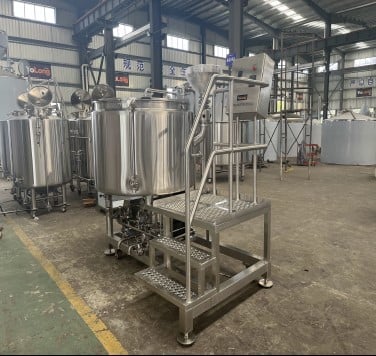Why are 2BBL Fertilizers popular in the small-scale brewing industry
What is a 2BBL Fermenter?
BBL stands for “barrel” and in brewing terms, a barrel is 31 gallons. So, a 2BBL fermenter holds about 62 gallons of liquid happiness. It’s a sweet spot for nano-breweries and advanced homebrewers who are serious about upping their game. Imagine it as the trusty sidekick that turns a bubbly, sugar-laden wort into glorious beer over a couple of weeks. This piece of equipment isn’t just a big tank; it’s where magic meets microbiology.
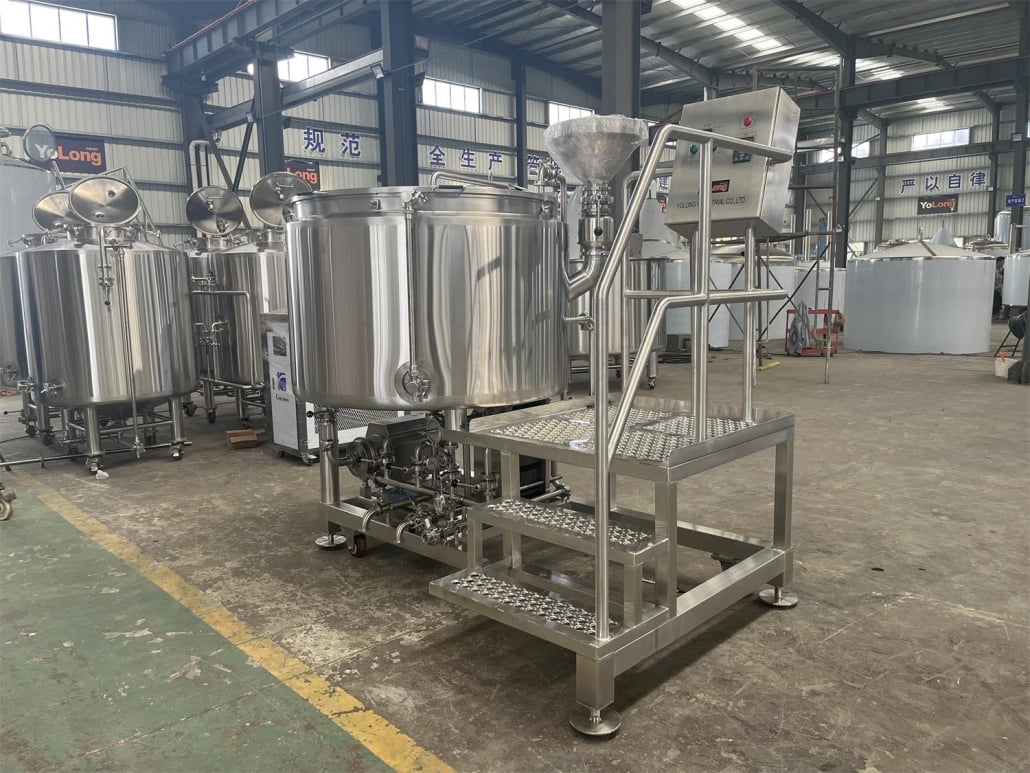
Basic Parameters and Characteristics of 2BBL Fermenter
Understanding a 2BBL fermenter is like learning the anatomy of a beer-making beast. It’s got curves in all the right places, typically made from stainless steel (304 or 316 grade for those in the know), and it comes with features that make brewing smoother than a well-poured stout. Think glycol jackets for temperature control, cone-shaped bottoms for easy yeast collection, and pressure-rated lids that keep things safe and sound.
Here’s a comparative breakdown to give you the full picture:
| Feature | Details |
|---|---|
| Volume Capacity | 2 barrels = 62 gallons = ~235 liters |
| Material | Food-grade stainless steel (304/316) |
| Design Type | Cylindroconical tank |
| Cooling System | Glycol jacket or internal coils |
| Pressure Rating | Up to 15 PSI (some models higher) |
| Ports | Sample valve, racking arm, CIP ball, pressure relief valve |
| Finish | Polished interior and exterior for easy cleaning |
Why Choose a 2BBL Fermenter
So, why go for a 2BBL fermenter when you could choose a 1BBL or a 3BBL? It’s all about finding that goldilocks zone. For many nano-breweries, 2BBL is just right: big enough to make real profits, but small enough to stay flexible and experimental. Compared to a 1BBL, you get double the yield with marginally more effort. Compared to a 3BBL, it’s lighter, less space-hungry, and easier on your utility bills.
Not to mention, the economics start to scale at 2BBL. Ingredient costs per unit drop, and you’re not yet knee-deep in regulatory and infrastructure nightmares. It’s a smart choice for those scaling up from homebrewing or those dipping their toes into professional craft brewing.

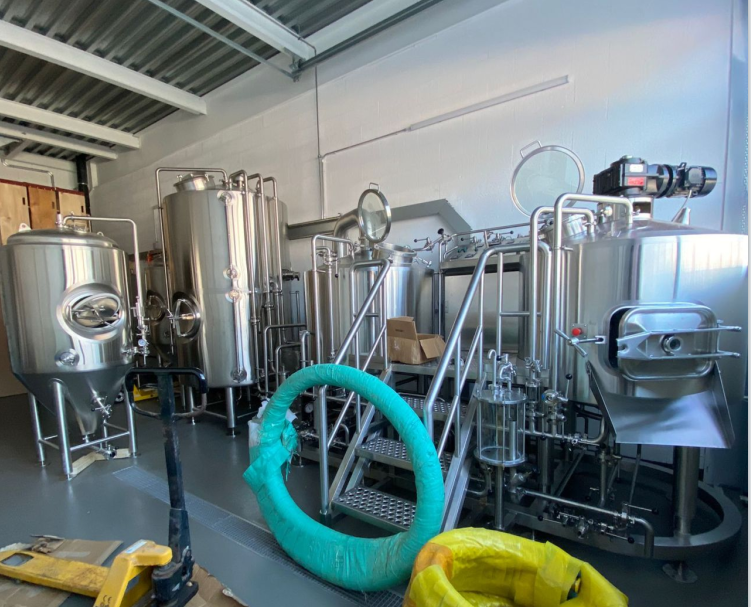
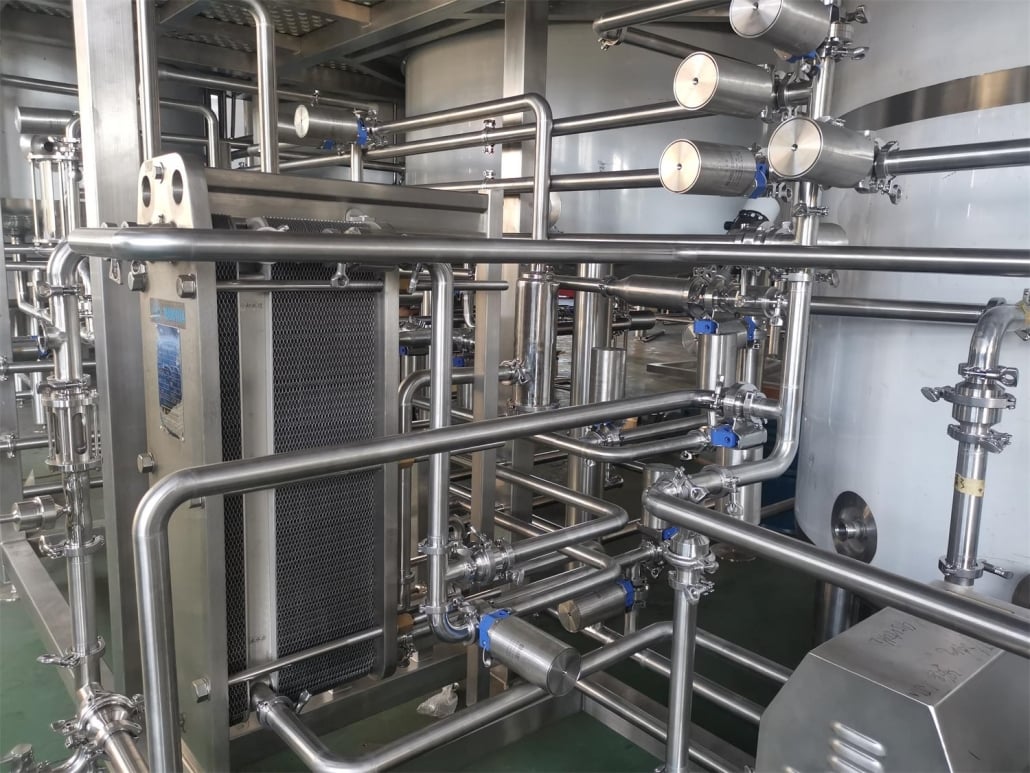
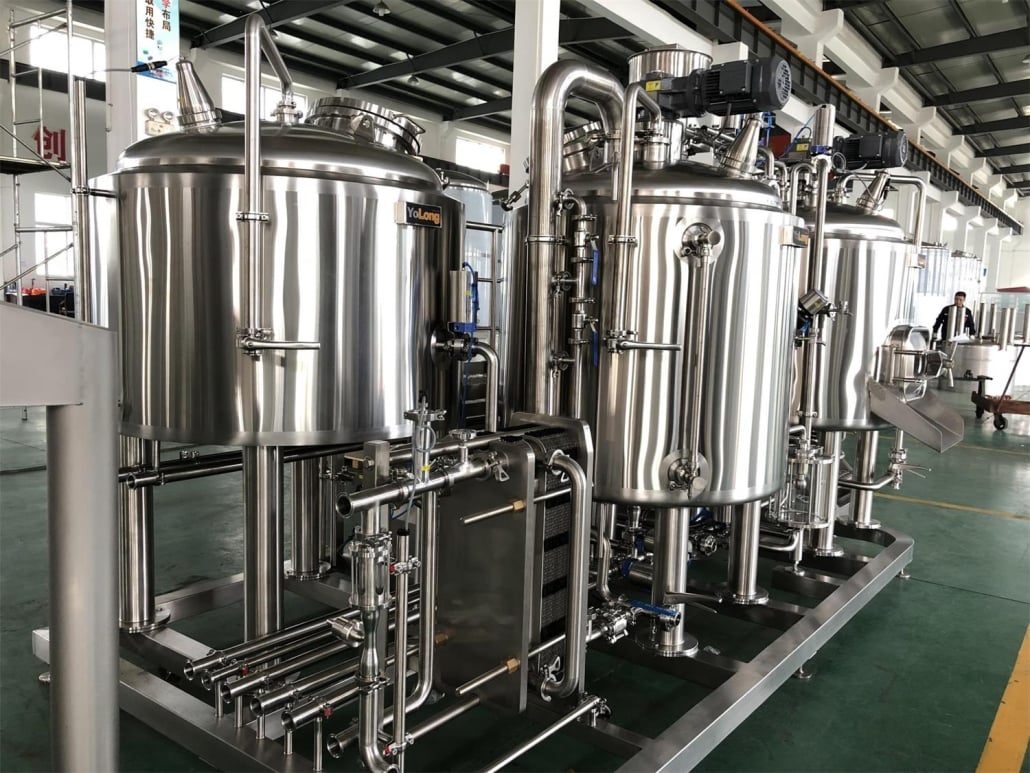
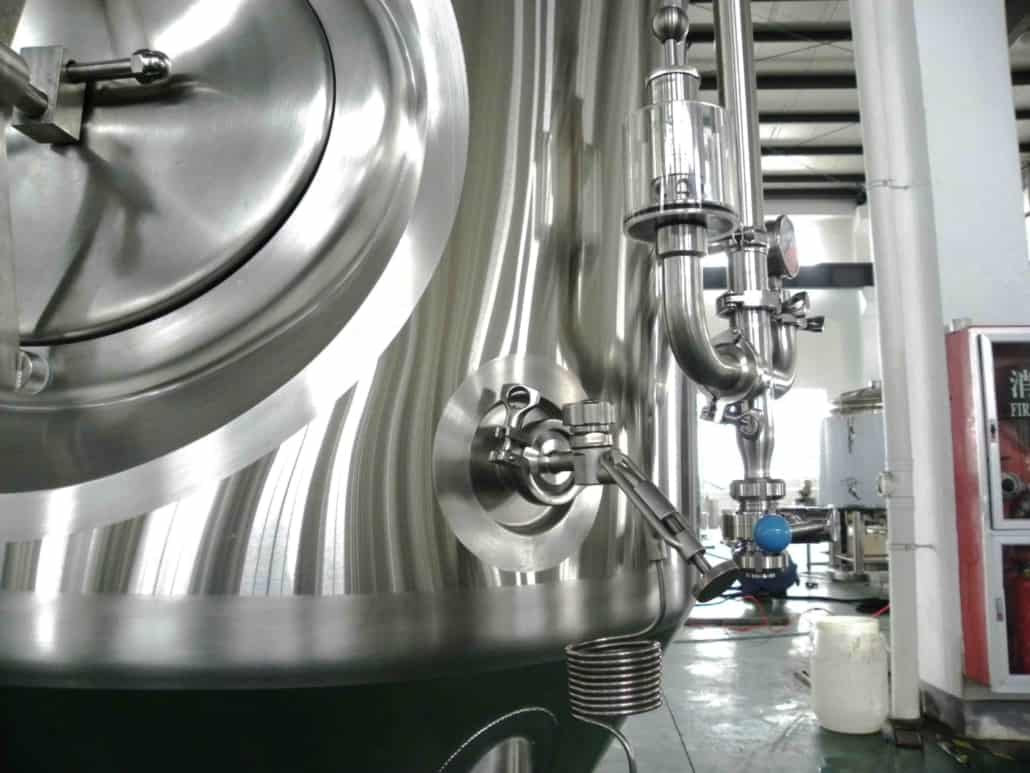
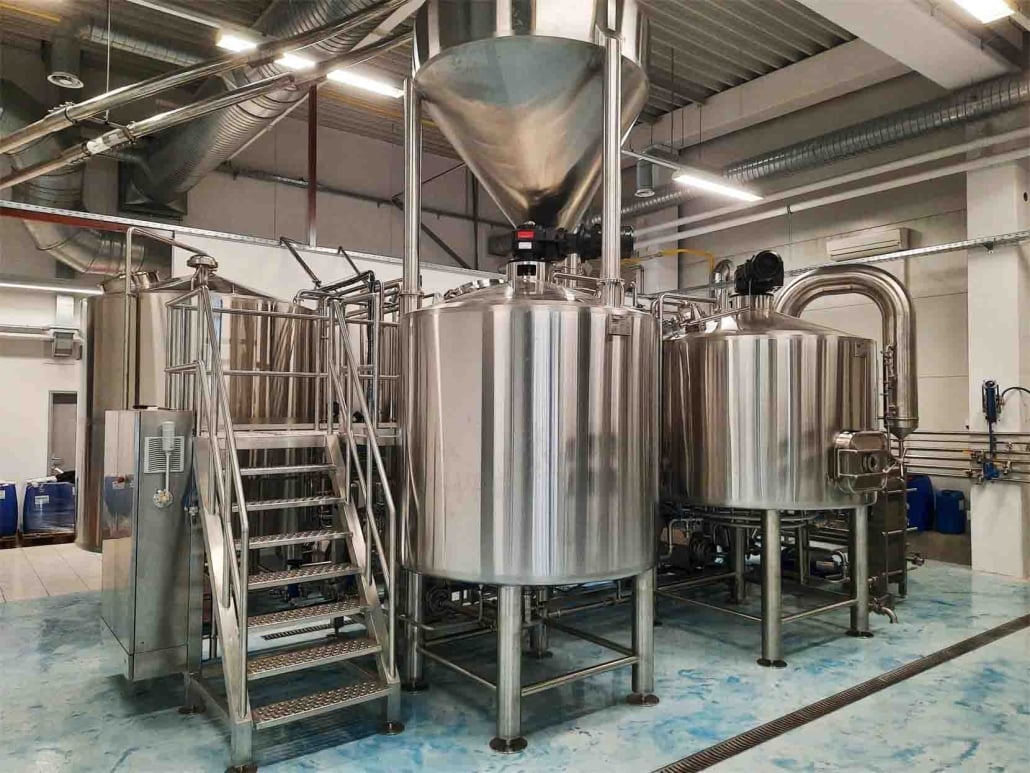
How to Choose the Appropriate 2BBL Fermenter
Picking the right fermenter is like choosing a brewing partner. You want reliability, compatibility, and maybe even a little style. First, consider your setup. Do you have a glycol chiller? Then get a fermenter with a jacket. Want to carbonate in-tank? Look for pressure-rated models with carbonation stones.
Here are key points to compare:
| Consideration | Option A | Option B |
|---|---|---|
| Material Grade | 304 Stainless (standard) | 316 Stainless (higher corrosion resistance) |
| Cooling | Glycol Jacket | Cooling Coil |
| Pressure Rating | Non-pressurized | 15 PSI (pressurized) |
| Footprint | Vertical, slim | Wide base |
| Accessibility | Manway on top | Side manway for easy access |
Also, think about scalability. Will you be expanding production? Choose a design that’s compatible with future automation or larger brewhouse systems.
Maintenance & Cleaning Tips of 2BBL Fermenter
Here’s the thing: your fermenter can be a dream or a nightmare depending on how you treat it. Keeping it clean is like brushing your teeth—non-negotiable. First, always rinse with warm water immediately after racking. Then, run a CIP (Clean-in-Place) cycle using brewery-grade cleaner (like PBW). Sanitize with a no-rinse sanitizer right before your next batch.
Don’t forget:
- Inspect gaskets regularly for wear and replace them as needed.
- Avoid using abrasive scrubbers.
- Periodically calibrate thermometers and pressure gauges.
Can I Use a 2BBL Fermenter at Home?
Technically, yes. Realistically? Only if your home is built like a brewery. A 2BBL fermenter isn’t exactly countertop-friendly. It’s about the size of a small fridge and weighs a few hundred pounds when full. You’ll need proper drainage, power for chilling, and ideally, a dedicated space. But if you’ve got a garage brewery or a homebrew shed? Go for it.
How Many Bottles of Beer Does 2BBL Produce?
Let’s do the math. A 2BBL fermenter holds 62 gallons. Subtract a bit for trub and transfer losses, and you’re left with around 58 gallons of beer. At 12 ounces per bottle, that gives you roughly 618 bottles. That’s over 25 cases of beer! Enough to keep your friends happy or start selling small batches to local pubs.
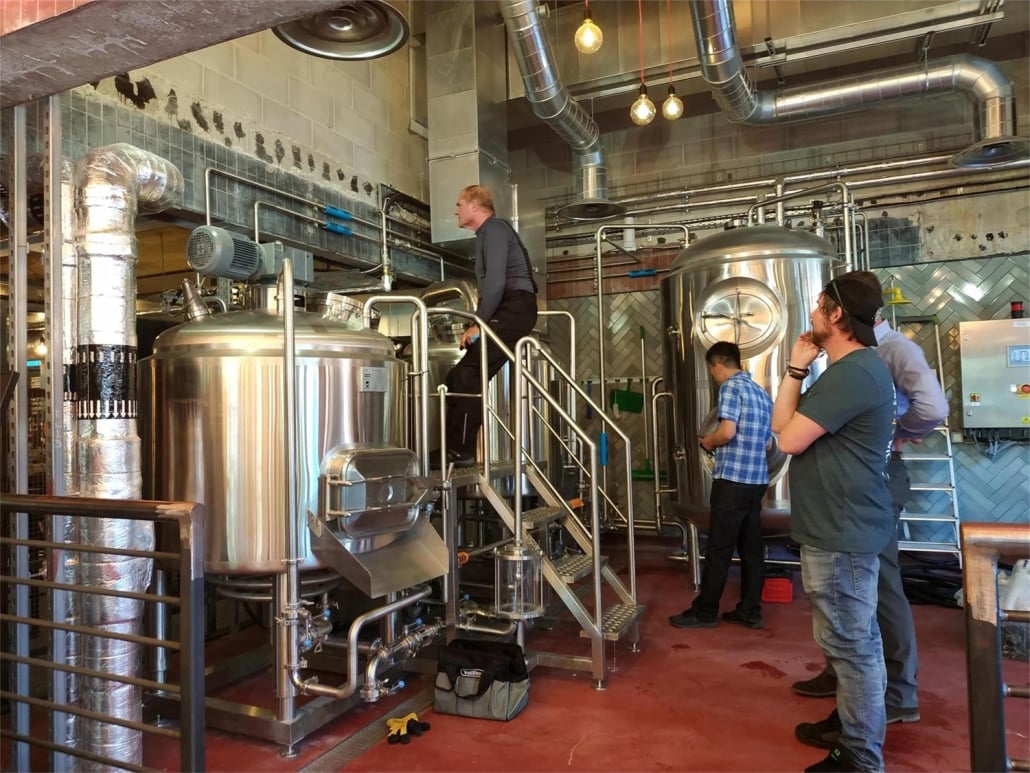
FAQ
| Question | Answer |
|---|---|
| What does 2BBL mean in brewing? | It stands for 2 barrels, each barrel being 31 gallons. |
| Is a 2BBL fermenter good for commercial use? | Yes, especially for nano or startup breweries. |
| Can I ferment lagers in a 2BBL unit? | Absolutely, if it has proper temperature control. |
| How tall is a 2BBL fermenter? | Typically between 5 to 6 feet tall, depending on design. |
| Do I need a glycol chiller? | Highly recommended for consistent fermentation temperature. |
Share this entry
Interested in learning more about Brewing Systems including additional details and pricing information? Please use the form below to contact us!
YOLONG BREWERY EQUIPMENT FAQS
- Commercial Brewery / Craft Brewery / Microbrewery / Nanobrewery
- What is The Difference Between Craft Beer and Industrial Beer?
- The Bespoke Differences In Custom Brewing Systems
- Everything You Need to Know About Kettle Souring
- How to Choose Brewing Equipment for Your business?
- How To Choose The-Best Partner To Build Your Commercial Microbrewing System?
- Two Detection Sensors That You Need To Use In Your Brewhouse System
- Remote Control Applications in Brewing Equipment/How does it work?
- How To Clean Your Brand New Brewery Tanks?

